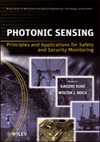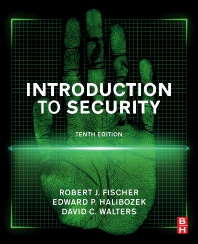A new low-cost interoperability solution developed by the DHS Science and Technology Directorate (S&T) could save the first responder community millions of dollars.
The Radio Internet Protocol Communications Module (RIC-M), used by local, state and federal responders, is a low-cost, external, stand-alone, interface device that connects radio frequency (RF) system base stations, consoles and other RF equipment – regardless of brand – over the Internet or Private Internet Protocol (IP) network. The RIC-M converts from a commonly used V.24 serial communications protocol to an open-standard Voice-over-Internet-Protocol (VoIP). Both encrypted and unencrypted Project 25 (P25) digital communications are supported, and it can also operate with analog communication equipment.
Base stations are used by law enforcement, medical and other agency dispatchers to communicate with first responders and agents in the field. Using the RIC-M, agencies can easily upgrade and reconfigure legacy systems for less than $500, Lee stressed.
Since its conception in 2012, RIC-M has been successfully field tested with various state and federal response agencies including Montgomery County, Maryland; U.S. Customs and Border Protection; Federal Protective Service; the Federal Bureau of Investigation; the U.S. Marshals Service; the Department of Justice and the Department of the Interior, Office of Law Enforcement and Security.
FRG has submitted patent and trademark applications for RIC-M. They also worked with the inventor, who recently signed a licensing agreement allowing for RIC-M’s commercialization. This is the first licensing agreement S&T has signed with an inventor. In addition, S&T plans to provide licensing agreements with other vendors to commercialize the RIC-M.









